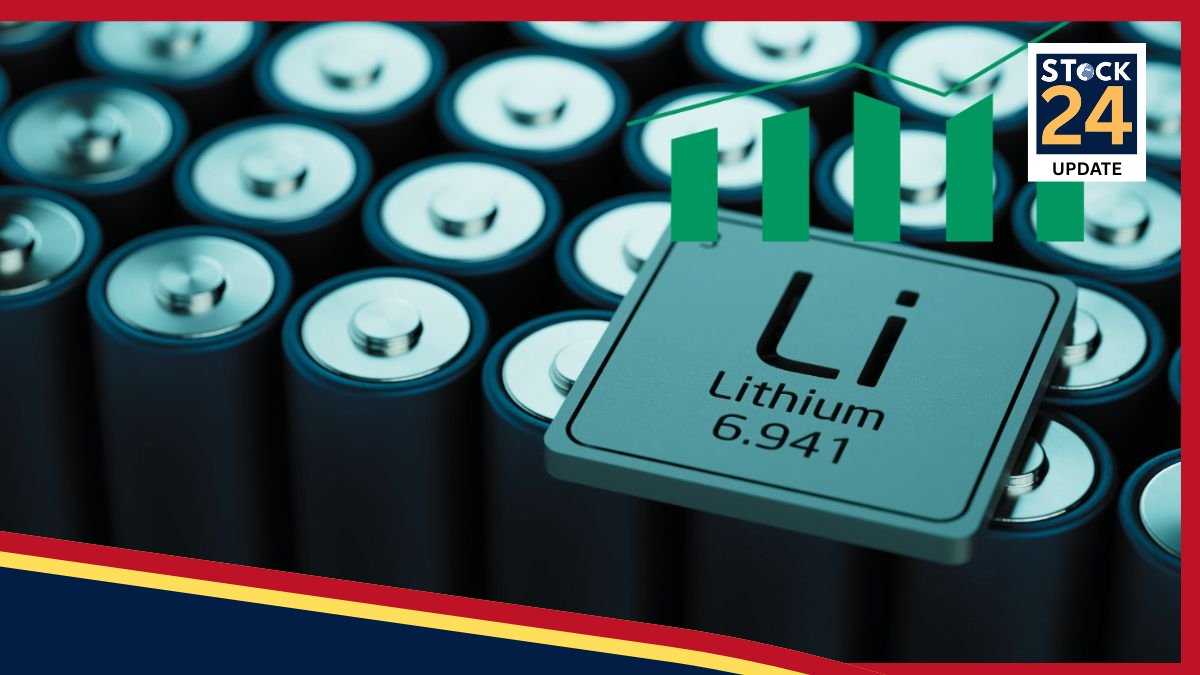Lithium’s Resurgence: A False Dawn or the Start of a New Boom?
After a nearly three-year downturn, lithium prices have staged a dramatic rally, leaving investors to wonder if this is a sustainable recovery or merely a speculative bubble.

A spectacular six-week surge in lithium prices has broken a nearly three-year bear market that saw prices plummet by as much as 90% from their 2022 peak. This sudden rally, which saw key lithium contracts jump by 35-45% since late June, has caught many off guard, igniting a debate about the future of the “white gold.” While prices have seen a 10-15% correction in early August, the question remains: are the market fundamentals strong enough to support a continued upward trend, or is this another “false dawn” for the critical battery metal?
For years, the lithium market has been grappling with a supply glut. A wave of new production from hard rock mines in Australia, brine fields in South America, and lepidolite operations in China overwhelmed even the impressive growth in demand from the electric vehicle (EV) and battery storage sectors. However, recent events suggest the tide may be turning.
The immediate trigger for the recent price surge appears to be supply concerns in China. Reports that eight lithium mines in Jiangxi province are facing rectification orders for environmental and licensing violations, with one major mine’s license renewal uncertain, have fueled fears of a potential supply crunch. This, coupled with a leading Qinghai salt lake producer facing inspections, has injected significant uncertainty into the market.
This potential for supply disruption comes as some analysts see a more robust demand picture. Canaccord, for instance, has revised its demand growth forecast upwards by 200,00t of lithium carbonate equivalent (LCE) per year through to 2030. The firm projects global EV sales to grow by 30% year-on-year.
However, not all analysts are convinced that the fundamentals justify the recent price explosion. Many, including Citi, have pointed to the rally as being “detached from fundamentals,” citing a “fundamental downside” due to softer EV demand outside of China and continued oversupply. Morgan Stanley has also expressed a “cautious” approach, noting that Chinese battery manufacturers still have a wide array of products to choose from at a time when demand may be softening. They also highlight that the valuations of major Australian lithium producers like Pilbara Minerals (PLS) and IGO (IGO) imply a spodumene price significantly higher than the current spot price.
This divergence in opinion is reflected in the mixed ratings for key lithium stocks. While the recent rally has provided a significant boost to the share prices of companies like PLS, Liontown Resources (LTR), and IGO, analysts are divided on their future prospects.For example, Canaccord has a “buy” rating on PLS but is more cautious on LTR and IGO with “hold” ratings. Meanwhile, UBS has a “sell” rating on all three, and Macquarie has an “outperform” on PLS and IGO but an “underperform” on LTR.
Adding another layer to the complex picture, China’s “anti-involution” campaign, aimed at curbing excessive internal competition, could also impact the lithium sector. UBS believes this could lead to a more rational market and has identified lithium as a preferred sector, alongside solar and chemicals.
Ultimately, the sustainability of the lithium rally will depend on whether the supply-side concerns in China materialize into significant production cuts and if global demand for EVs and battery storage continues its strong growth trajectory. While the recent price action has been dramatic, investors are keenly watching for more concrete evidence of a fundamental market shift before declaring the end of the lithium bear market.






